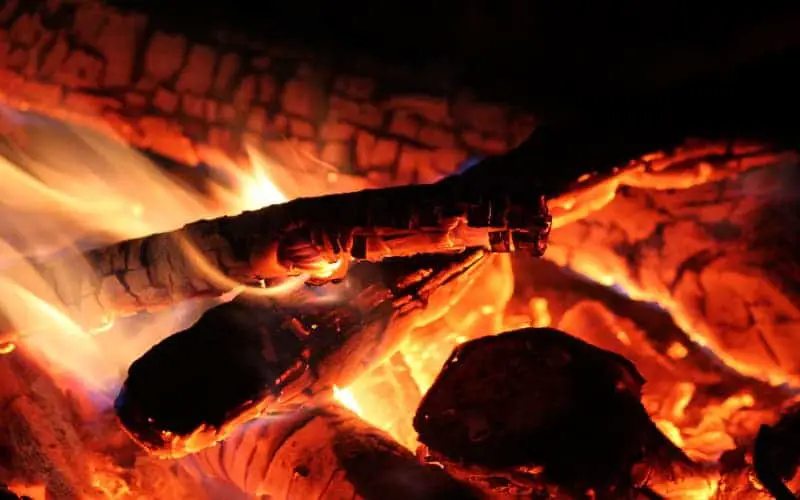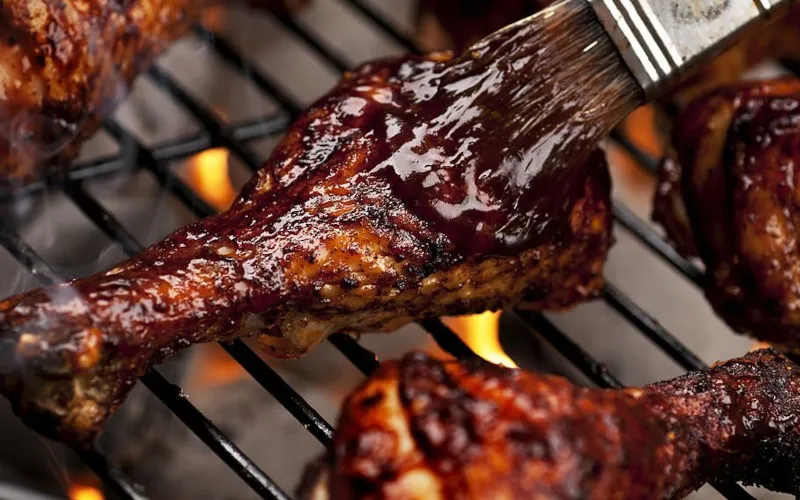What is the difference between a pork shoulder and a pork butt? These might seem like two words that are interchangeable, but they’re not.
In this blog post, we will discuss the differences in these cuts of meat so you can make an informed decision on what to order at your favorite BBQ restaurant.
What is a Pork Shoulder?
A pork shoulder, also called picnic shoulder, is the upper arm of the pig and comes from where the leg and loin meet.
The blade bone that runs down the right-hand side of a ham bone in a ham that you would buy at a grocery store will come from a pork shoulder because this area contains ribs and other bones to add flavor to the meat.
The pork shoulder has less marbling than the pork butt, which means it will be leaner in consistency.
What is a Pork Butt?
A pork butt, also called Boston Butt, is cut from the upper portion of the pig’s front legs. These ribs contain a lot of connective tissue and fat that breaks down into gelatin during cooking to give you tender meat.
It is located above where the blade bone would be (if it was a ham) and above the pork shoulder.
A pork butt is a rectangular-shaped cut of meat that includes the lower back leg. The pork butt has more fat than the pork shoulder because it’s so close to the animal’s underbelly.
One of the most popular ways to cook a pork butt is in a smoker until it falls apart because of all that collagen. Since it has a lot of fat, it keeps the meat moist when cooking.
A typical pork butt can be cooked at 300-350 degrees Fahrenheit for about five to six hours, but this can vary depending on the size and shape of the roast. Bake one for your next party or make barbecue pulled pork by cooking it low and slow in a covered pan for about seven hours.
Related: When To Wrap Pork Butt
Pork Shoulder vs Pork Butt – What’s the Difference?
Pork butt is the cut of meat, found on the upper pig, which lies next to the shoulder. The pork shoulder is the cut of meat located on the lower pig around its shoulder. One of the main differences between them is that a pork shoulder is leaner than a pork butt.
A pork butt is usually cooked at a lower temperature for extended periods of time, while a pork shoulder needs higher, shorter cooking times in order to be cooked thoroughly.
Ideally, you would want to use both cuts of meat in your cooking. The pork shoulder provides great marbling which will deliver an extra crispy texture when cooked. On the other hand, the pork butt is ideal for adding different spices and smoking it low and slow on a BBQ pit overnight so that it absorbs all those tasty flavors from the wood.
Another difference between pork shoulder and pork butt is in how their skin and fat layers can affect taste and texture. Pork butts have more fat and skin than a pork shoulder and so they will cook in different ways and produce different flavors.
Both cuts are high in protein but when it comes to flavor, pork shoulder wins over the pork butt.
It is also important to note that although you will see some recipes listing “pork butt” as an ingredient in slow cooker pulled pork sandwiches and barbecue shredded meat dishes, this cut of meat can be difficult to find at your local grocery store or butcher’s shop.
If you are planning on preparing any of these dishes, it is best to use pork shoulder instead of the “pork butt” cut.
Pork Shoulder and Pork Butt Comparison Table
| Pork Shoulder | Pork Butt | |
|---|---|---|
| Also known as | Picnic shoulder, picnic roast | Boston butt |
| Where from on pig | The top part of the leg | Top of the shoulder, closest to the spine |
| Characteristics | Less intramuscular fat and marbling | Well-marbled with intramuscular fat |
| Often sold | With skin on | With fat cap intact |
| Cut shape | Tapered, triangular shape | Rectangular, uniform shape |
| Best for | Pork roast with crackling | Pulled pork |
Which is More Expensive, Pork Shoulder or Pork Butt?
BBQs can be as cheap or expensive depending on where you live. Since most pork butts are a much larger cut, they will likely cost more in comparison to pork shoulders which have less meat per pound and is, therefore, cheaper for smaller gatherings like family members that feed only themselves (4 people).
In order to figure out whether it’s worth cooking with either option consider how many guests might want food during your gathering.
If there are 10 or more people, then go ahead and get yourself some pork butts instead of pork shoulders.
When Should You Use Pork Shoulder?
For a perfect crumble, crispy skin, and melt-in-your-mouth meat every time you need to cook up some pork shoulder. A pork shoulder has all the qualities that make it an outstanding choice for low and slow cooking.
It’s especially great with recipes that call out specifically how we want our crackling or sear – meaning this cut will work well both ways; reverse-seared off high heat (like carnitas) as well as being cooked over indirect heat at lower temperatures like most other whole roasts do best be they Char Siu style Loin Roast or Butt Style Boston Leg.
Which is Better, Pork Shoulder or Pork Butt?
After reading about pork shoulder vs. pork butt, one is less fat and another has well-marbled with the right amount of delicious grease that will please any palate.
The pork butts are typically enjoyed by those looking for a juicy meat taste in their food while people who love roast flavor prefer roasting it on an open flame due to its lack of bones making it easy to clean up after cooking as compared to other parts like ribs or leg.
Conclusion
Pork is a meat that can be versatile and diverse, depending on the cut. Pork shoulder and butt are similar cuts of pork but they come from different parts of an animal which makes for important flavor differences when cooking these two types of meat.





